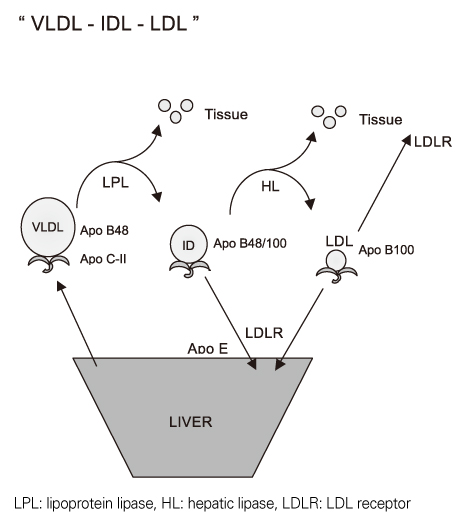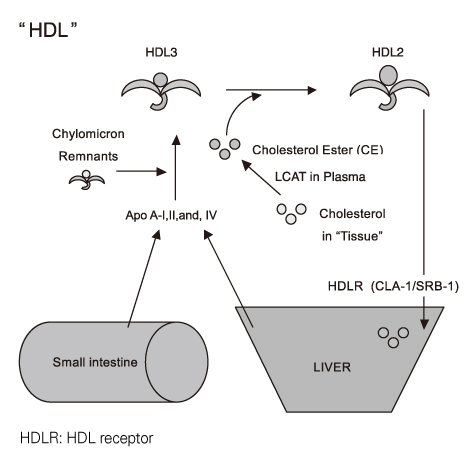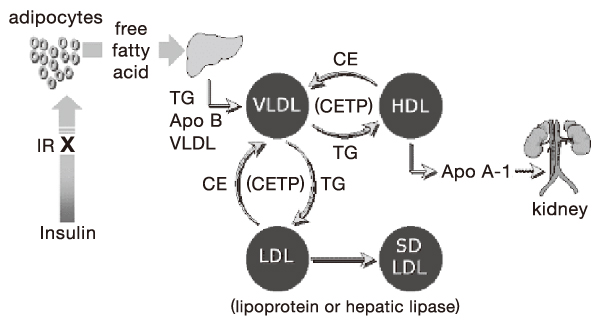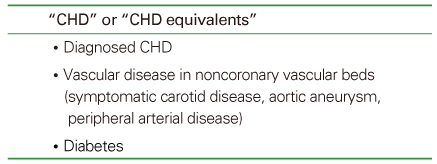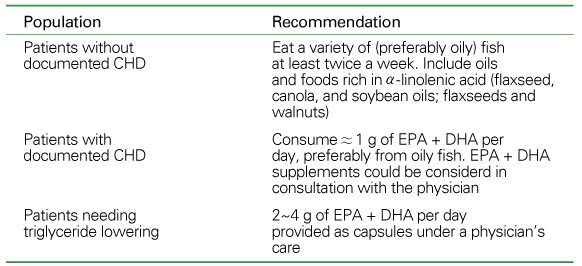 |
 |
- Search
| J Korean Med Assoc > Volume 52(3); 2009 > Article |
Abstract
Acknowledgements
References
Figure 3
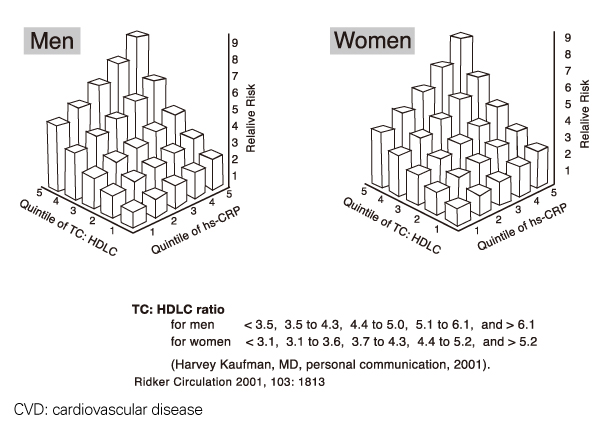
Figure 5
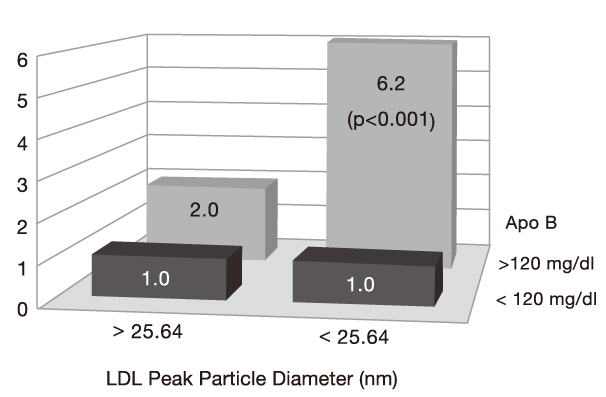
Table 1
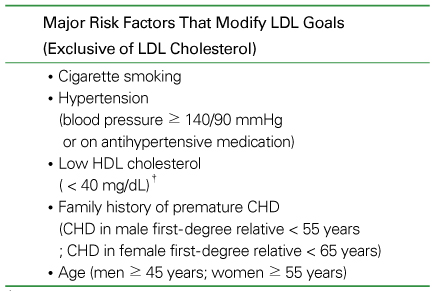
Table 3
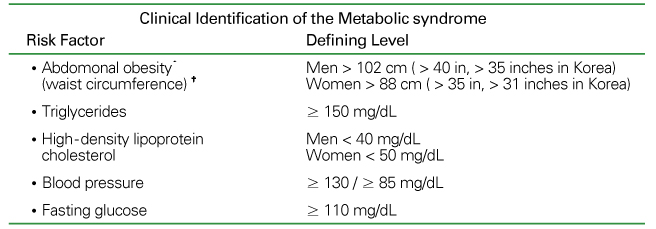
*Overweight and obesity are associated with insulin resistance and the metabolic syndrome. However, the presence of abdominal obesity is more highly correlated with the metabolic risk factors than is an elevated body mass index (BMI). Therefire, the simple measure of waist circumference is recommended to identify the body weight component of the metabolic syndrome.
†Some male patients can develop multiple metabolic risk factors when the waist circumference is only marginally increased, eg, 94~102 cm (37~40 in) Such patients may have strong genetic contribution to insulin resistance and they should benefit from changes in life habits, similarly to men with categorical increases in waist circumference.
- TOOLS
-
METRICS

-
Related articles in
J Korean Med Assoc -
Drug Therapy of Dyslipidemia1998 December;41(12)
Functional Dyspepsia1999 September;42(9)
Drug Therapy of Dyslipidemia2001 July;44(7)




